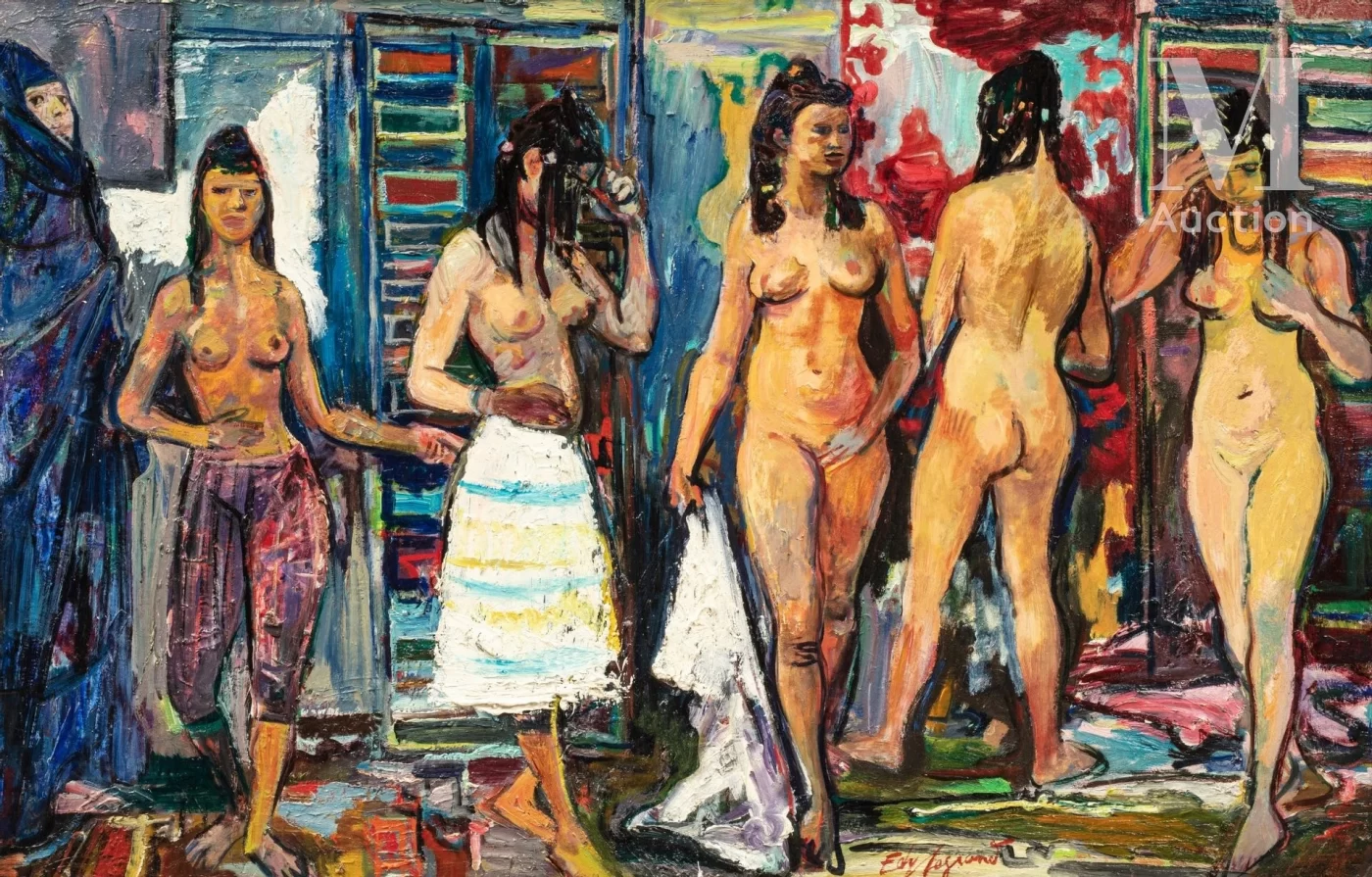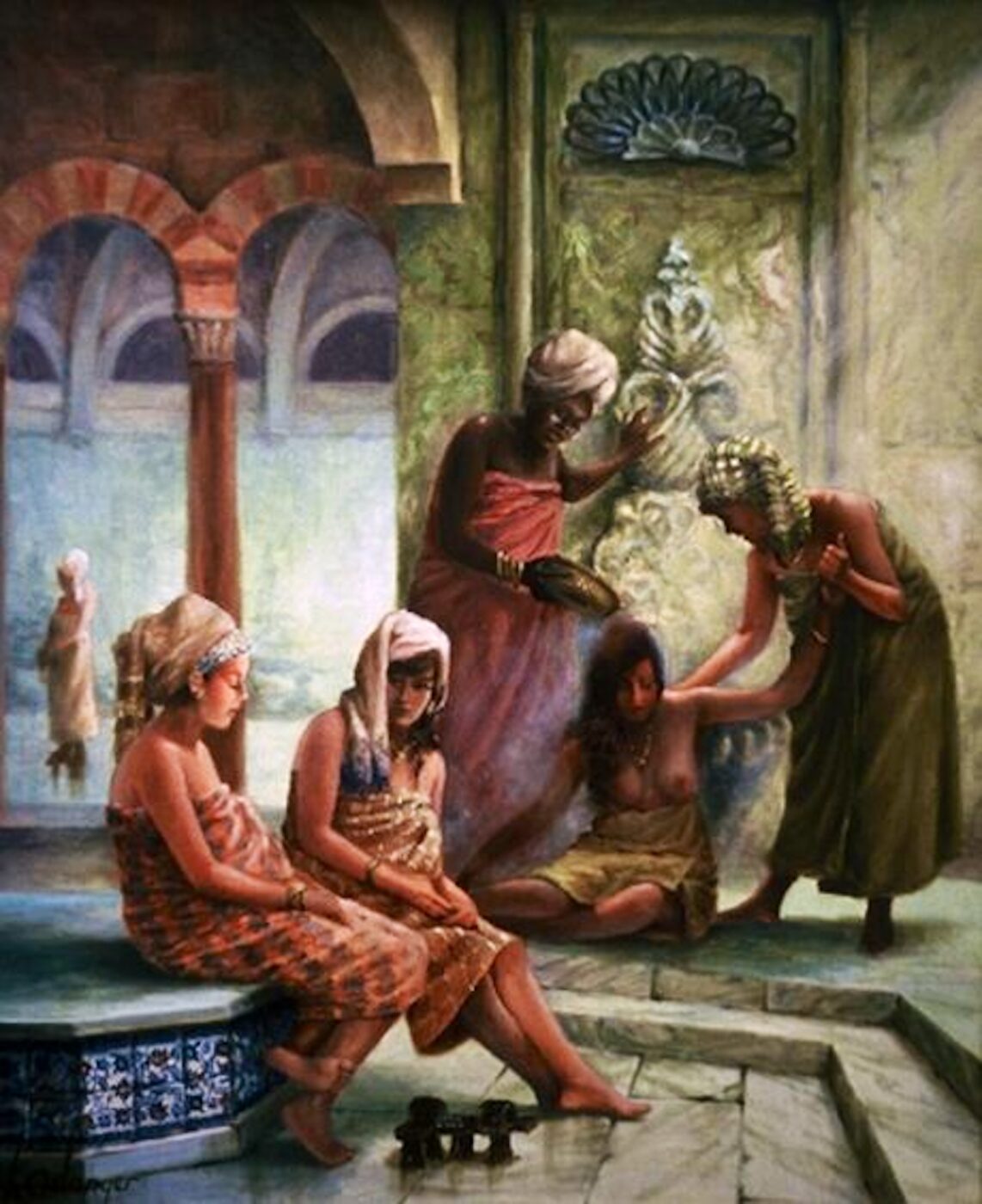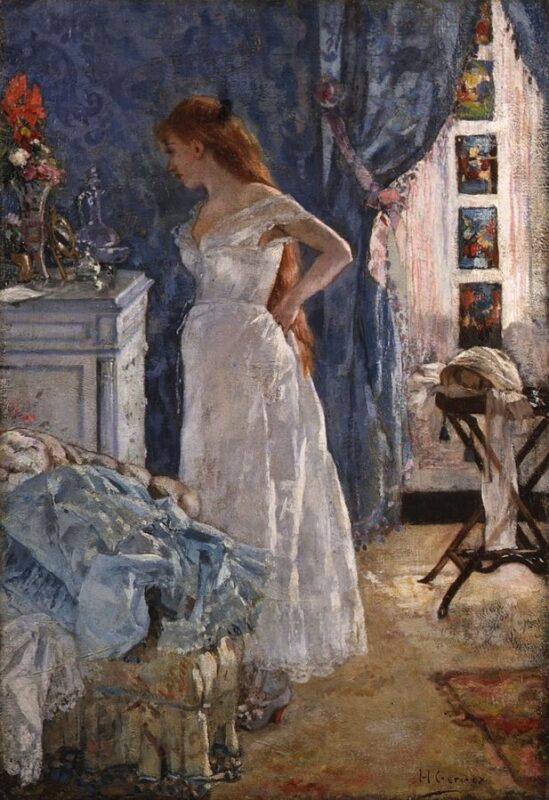No products in the cart.
“Hammam Towels can dry faster than you can say Istanbul!”
– An Anonymous Hammam Towel Joke

History of Turkish Hammam Towels
Welcome to the world of Hammam towels, also known as Turkish towels or peshtemals. Hammam towels have a long and fascinating history, dating back to the capital city of Ottoman Empire, Constantinople, which is now modern-day Istanbul, Turkey. But before we dive into its interesting history, let’s start with a joke to set the tone: Why did the Hammam towel go to the beach? To get a little Turkish! Now that we’ve got that out of the way, let’s talk about the origins of the Hammam towel.
This traditional towel was originally used in Turkish baths or hammams, which were popular places where people go to socialize, relax, and clean themselves. The Hammam towel was an integral part of this ritual as it was used to wipe away the sweat and dirt that came from the intense heat of the baths. The hammam typically consists of several rooms including a hot room, a cold room, a reception and a heated marble slab. The Hammam towels were essential in this process as they were used to wrap around the body while resting on the heated marble slab to prevent burns from the hot surface. What sets the Hammam towel apart is its unique design. Unlike traditional terry cloth towels, Hammam towels are hydrophilic, meaning they absorb moisture quickly and easily. The flat-weave design also ensures that they are exceptionally lightweight and dry faster than traditional towels after being used, making them an incredibly useful item for traveling and daily household use.

Today, Hammam towels are making a comeback as they are seen as an essential item in homes and an emerging trend in the world of interior decorating. They are larger than average bath towels by surface area, but what makes them unique is that once they are rolled up, they take up much less space than the traditional terry-cloth towels. This makes them a perfect choice for decluttering your homes. Moreover, Hammam towels are available in a wide range of vibrant colours, which makes them popular for fashion-conscious homeowners and interior designers. They have become a perfect choice for adding texture and colour to any room while also being practical.
Overall, the Hammam towel is imbued with a rich history and is still a crucial part of several rituals and cultures worldwide. Its unique design, lightweight, and versatility, make them an ideal choice for those looking for a functional and fashionable item.
If you’re on the hunt for a new towel that is both stylish and functional, look no further than Hammam towels. With a rich history and a range of practical benefits, Hammam towels are a must-have item for any home. Browse our collection today and discover the perfect Hammam towel to add to your collection.
“Hammam towels are making a comeback as they are seen as an essential item in homes and an emerging trend in the world of interior decorating“

Unraveling the Orientalist Painters’ Infatuation with Hammam Towels
Turkish towels have been depicted in various works of art throughout history. In particular, they were a popular motif in 19th century Orientalist paintings, which were created by European artists who were fascinated by the culture and people of the Middle East.
In these paintings, Turkish towels were often used as a symbol of exoticism and sensuality. For example, the French painter Jean-Auguste-Dominique Ingres famously included a Turkish bath scene in his painting “The Turkish Bath” (1862), which features several women draped in colorful pestemals.
Édouard Debat-Ponsan (1847-1913) was a French academic painter noted for his allegorical works, scenes of peasant life and Orientalist works. The Massage by French artist Edouard Debat Ponsan, Oil On Canvas, 1883, depicts 19th century Hammam Ritual. Painting currently exhibited in Musee des Beaux Arts de Toulouse.
Turkish towels also appear in other works of art from different time periods and cultures. For instance, the 17th century Dutch painter Johannes Vermeer included a Turkish carpet and a Turkish towel in his painting “A Maid Asleep” (1656-1657), which depicts a young woman sleeping at a table. Currently on view at the Met Fifth Avenue in Gallery 964.
Overall, the appearance of Turkish towels in paintings reflects their cultural significance and widespread use as a versatile and decorative textile item. In this category, some of the most well-known paintings are as follows:
“The Turkish Bath” by Jean-Auguste-Dominique Ingres (1862)
“A Maid Asleep” by Johannes Vermeer (1656-1657)
“The Toilette” by Henri Gervex (1889)
“The Harem Bathing” by Jean-Léon Gérôme (1883)
“After the Bath” by Pierre-Auguste Renoir (1910)

Turkish Hammam Towels in Historical Paintings
- The Turkish Bath” by Jean-Auguste-Dominique Ingres: This painting is a large-scale, highly-detailed depiction of a group of women in a Turkish bath. It was created by the French painter Ingres in 1862 and is considered one of his masterpieces. The painting is currently housed at the Musée d’Orsay in Paris and is valued at around $20 million.
- “A Maid Asleep” by Johannes Vermeer: This painting shows a young woman asleep at a table, with a Turkish carpet and a Turkish towel draped over a chair in the background. It was created by the Dutch painter Vermeer in the 17th century and is known for its use of light and shadow. The painting is currently part of the collection at the Metropolitan Museum of Art in New York and its value is estimated to be around $20 million.
- “The Toilette” by Henri Gervex: This painting is a portrait of a woman in her boudoir, getting dressed and applying makeup. A Turkish towel can be seen draped over a chair in the background. It was created by the French painter Gervex in 1889 and is part of the collection at the Musée d’Orsay in Paris. Its value is unknown.
- “The Turkish Bath” by Jean-Auguste-Dominique Ingres (1862) – Sold for $16.9 million in 2013 at Christie’s New York.
- “The Harem Bathing” by Jean-Léon Gérôme (1883) – Sold for $12.3 million in 2008 at Christie’s New York.
- “After the Bath” by Pierre-Auguste Renoir: This painting shows a young woman drying herself off with a Turkish towel after taking a bath. It was created by the French painter Renoir in 1910 and is known for its soft, impressionistic style. The painting is part of the collection at the Art Institute of Chicago and its value is estimated to be around $7 million.
- Some of the paintings featuring Turkish towels that are known to have sold for high prices at auction or private sales.
- However, “The Turkish Bath” by Ingres is part of the collection at the Musée d’Orsay in Paris, while “The Harem Bathing” by Gérôme was last sold privately in 2008 and its current location is unknown to the public.
- “The Harem Bathing” by Jean-Léon Gérôme: This painting is a detailed and sensual depiction of a group of women in a harem, bathing and lounging on cushions. Turkish towels and carpets can be seen throughout the scene. It was created by the French painter Gérôme in 1883 and is part of the collection at the Musée d’Orsay in Paris. Its value is estimated to be around $7 million.

Never-ending Love Story – Hammam Towels
Wrap Yourself in History
Turkish towels, also known as hammam towels, have been a symbol of luxury and sophistication for centuries. They have been featured in many famous paintings, such as Jean-Auguste–Dominique Ingres‘ “The Turkish Bath” and Johannes Vermeer‘s “A Maid Asleep“, which have sold for millions of dollars. But you don’t need to be a millionaire to enjoy the luxury and beauty of these towels.
At H for Hammam, we offer a wide range of hammam towels that are perfect for adding a touch of elegance to your daily routine. Whether you’re using them at the beach, by the pool, or in your own bathroom, our towels are made from the finest Turkish cotton and are designed to provide both comfort and style.
Just like the paintings that feature hammam towels, our products are also crafted with attention to detail and quality. Our towels are lightweight, absorbent, and durable, making them the perfect choice for those who want to experience the ultimate luxury. And with a range of colors and patterns to choose from, you can find the perfect towel to suit your personal style.
A Towel with Centuries Old Stories to Tell
At H for Hammam, we believe that every product should tell a story. That’s why we’ve crafted our hammam towels using the same techniques that have been used for centuries. With every towel, you’ll be wrapping yourself in history.
Our towels have been a symbol of luxury and elegance for generations, and with our modern twist on the traditional designs, you can experience the luxury, comfort and style all at once.
Whether you’re lounging by the pool or unwinding after a long day, our hammam towels are the perfect way to wrap yourself in history and enjoy the ultimate luxury. Browse our collection today and experience the beauty and quality of our products for yourself.”
